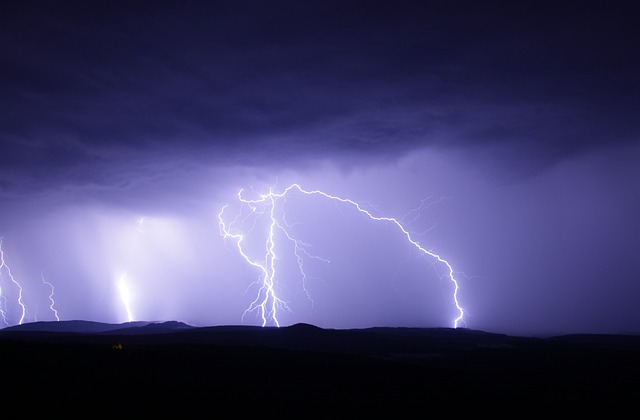Mastering Flash Power to Transform Your Photography Exposure
In the world of photography, controlling exposure is like painting with light. Whether you’re a beginner or an experienced shooter, understanding how to manipulate flash power can be the secret ingredient that elevates your images from ordinary to extraordinary. Flash power is more than just a technical setting—it’s a creative tool that allows you to sculpt light and shadow, bringing your vision to life with precision and flair.
Why Flash Power Matters
Think of flash power as the intensity of a spotlight on your subject. Too little, and your subject fades into the background; too much, and details are lost in harsh highlights. Striking the perfect balance means mastering how flash power affects exposure. When you dial in the right amount, you add depth, dimension, and drama, making your photos pop with clarity and emotion.
Connecting Emotion to Exposure
When adjusting flash power, you’re not just tweaking numbers—you’re crafting an atmosphere. A soft, subtle flash can evoke intimacy and warmth, perfect for portraits or close-ups. On the other hand, a powerful burst can energize action shots or add stark contrast, creating a dynamic and captivating frame. By tuning flash power to match the mood you want to express, you connect more deeply with your subject and your audience.
Tips for Harnessing Flash Power Effectively
- Start with TTL (Through-The-Lens) Metering: Modern flashes often have TTL modes that automatically adjust flash power based on the scene, giving you a baseline to work from.
- Use Manual Mode for Precision: After understanding your flash’s characteristics, switch to manual mode to fine-tune the power for consistent and creative results.
- Balance Ambient Light: Flash power isn’t just about overpowering natural light—it’s about blending with it. Experiment with different power levels to complement your surroundings.
- Modify Your Light: Softboxes, diffusers, and reflectors can shape the quality of flash light, making the power settings less harsh and more pleasing.
- Practice and Experiment: Like any art, mastering flash power takes practice. Challenge yourself with different subjects and lighting conditions to discover what works best.
Embrace the Creative Freedom
Flash power is your gateway to untapped creative freedom. By understanding and controlling it, you’re not just exposing a photo—you’re telling a story with light. Don’t fear the flash; instead, unleash its power and watch as your photography exposure transforms into something truly compelling.



